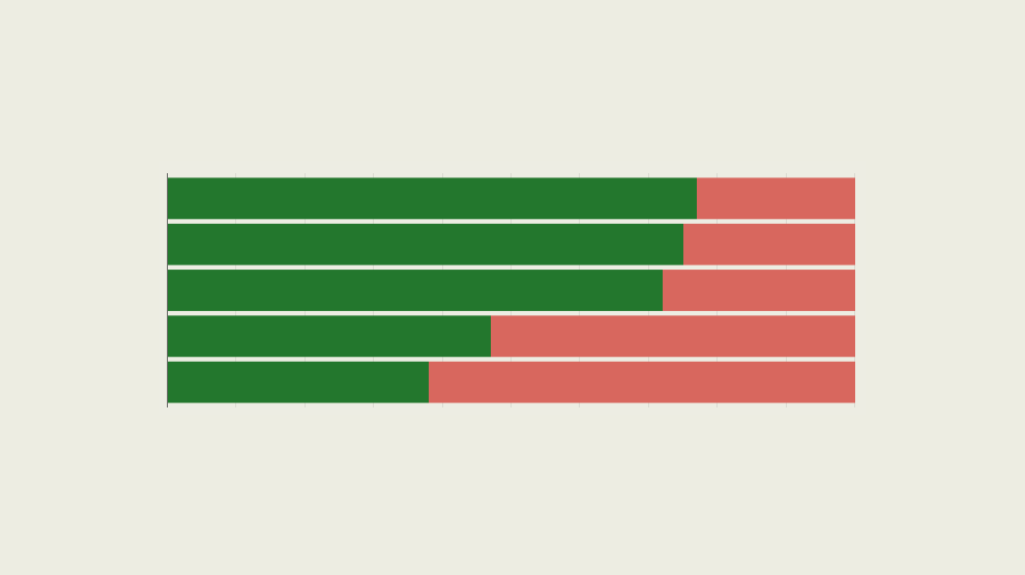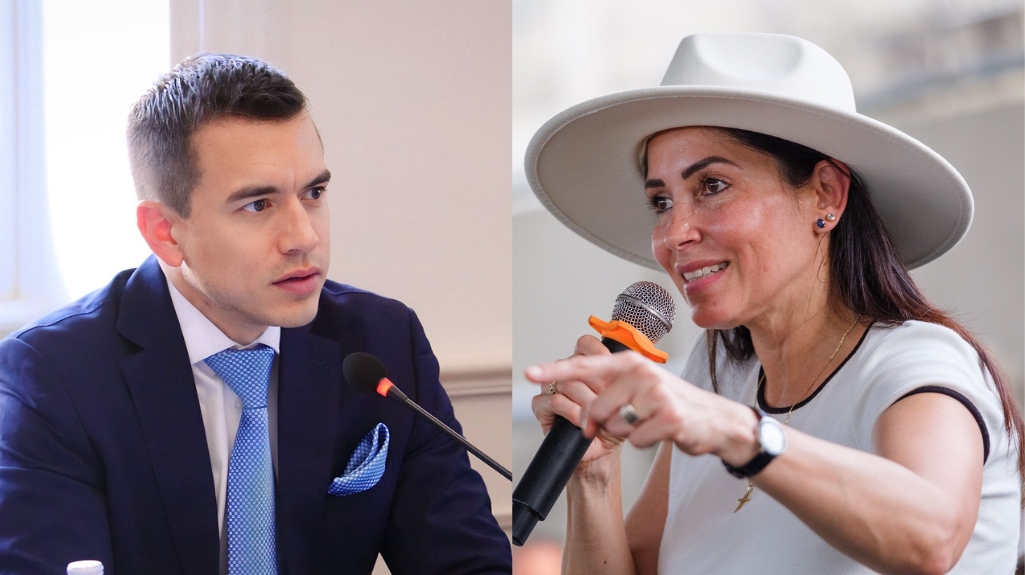A Timeline of 2017 and 2018 Elections in Latin America
A Timeline of 2017 and 2018 Elections in Latin America
Latin Americans will vote for nine new presidents in two years, along with more than 2,900 legislators.
Lula over Alckmin, Uribe over Gaviria, Calderón over AMLO, and Chávez over Rosales. Those were the winners in the presidential races in Brazil, Colombia, Mexico, and Venezuela in 2006—the last time Mexico and Venezuela’s six-year cycles lined up with the other countries’ four-year ones before 2018’s electoral juggernaut. Twelve years later, Luiz Inácio Lula da Silva and Andrés Manuel López Obrador are leading polls, Felipe Calderón and Álvaro Uribe have exhausted their term limits, and Hugo Chávez is dead.
Much has changed for Latin America and the Caribbean in that time: the region will have added more than 80 million new urban residents, and the average age is projected to rise from 29 years and four months to 32 years and eight months. Three out of every four Latin Americans of voting age will elect a president over the course of 2017 and 2018, two years that are packed with a total of nine countries’ presidential and legislative general elections (Brazil, Chile, Colombia, Costa Rica, Ecuador, Honduras, Mexico, Paraguay, Venezuela), and legislative midterms in two more (Argentina and El Salvador).
In Cuba, where residents haven’t been able to vote for a head of state in decades, President Raúl Castro’s announcement that he plans to step down in February 2018 has fanned flames of a political transition on the island, starting with municipal elections on November 26. But the government wields a heavy hand even at that level, preventing the 175 independent candidates from running in those races—and in many cases arresting and intimidating them.
As candidates burnish their messages, parties try to reinvent themselves in an era of disillusionment with the establishment, and registradurías work to get people cédulas and on the voter rolls, AS/COA Online takes stock of the upcoming elections across the hemisphere.









